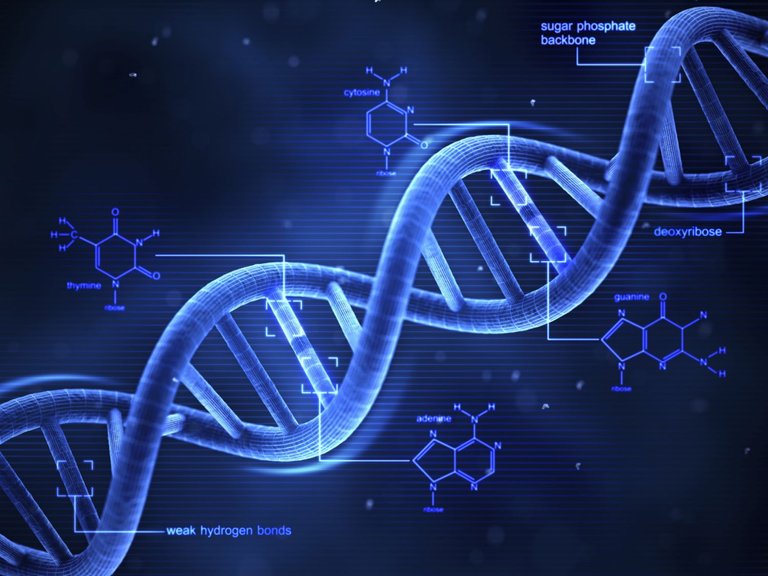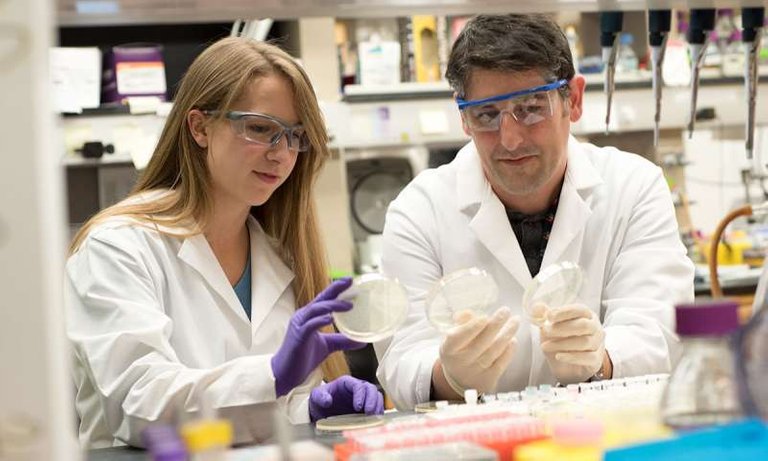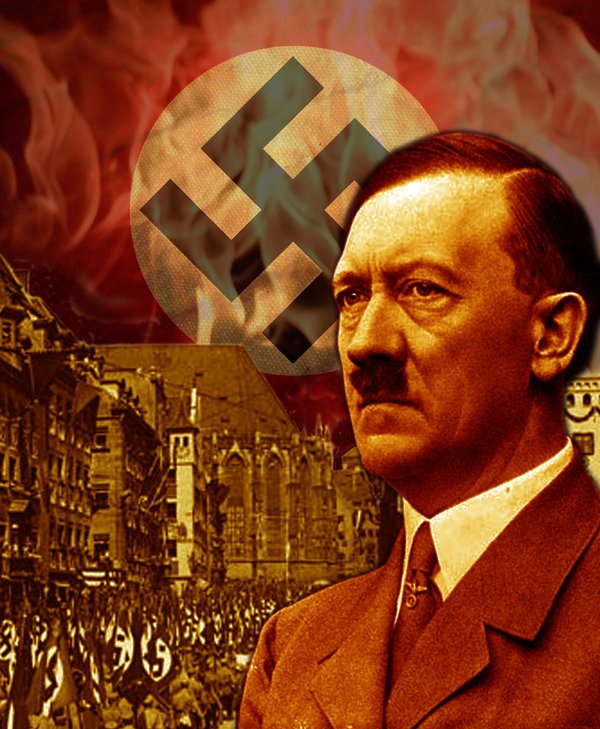
Every investigation has a beginning and an end. We'll start at the beginning. According to Richar Preston, an award winner from the Institute of Nuclear Physics on the board of Princeton University, United States, "Genetic engineering is about moving genes from one organism to another; a gene is a segment of DNA. N (deoxyribonucleic acid) that contains the code necessary to create a protein, concrete, in a living creature; a gene would be like a piece of tape, a microscopic tape, that can be cut like scissors and they cut the N.D.A. Molecular biology consists, mostly, in cutting and splicing tapes. You can cut the DNA anywhere you like; you can take it from a long strip and then introduce it into another organism, that is, it is possible to transplant a gene, and if it is done correctly the organism will have a new gene which will do something different: it will create a new protein, it will become another living creature and it will pass it on to its progeny. New characteristics. If the organism is allowed to multiply, what can happen is that the organism is cloned. A clone is an exact reproduction conceived in a laboratory; that's what genetic engineering is all about. One of the big complications, however, is that by shifting DNA from one organism to another, it may not always work properly in its new home, although it is possible to make it work. An organism that contains another's DNA segment is called a recombinant organism.

Professor Preston continues: "The Biotechnology Revolution began in 1973 when Stanley N Coheny and Herber W Boyer succeeded in introducing genes into the bacterium Escherichia, a micro-organism that lives in the human gut. They made loops of DNA and managed to introduce them into the cells of E.coli.
From that moment on these cells were different, they already contained D.N.A. and supplemental. Coheny and Boyer shared the nobel prize for this great scientific achievement. The genes they transplanted made E.coli resistant to antibiotics. The organisms, with new characteristics, with their resistance to antibiotics They weren't dangerous; they could easily be wiped out by other types of antibiotics."8.
Apparently, according to Preston, the experiment was perfectly safe: our opinion, Preston continues: " Coheny and Boyer had conducted one of the most advanced experiments in the history of genetic science in the 20th century. New industries were created in the United States, Japan, and Europe, new companies were formed, diseases were cured in new ways and great discoveries were made regarding the nature of living beings" end of quote.
It says philosophical and metaphysical advice and recommendation: "Do not criticise what you do not know or understand, because it would be calumny... and. the calumniator is village and commits many crimes at once" Joaquín Trincado.

Well, we already know, more than yesterday; and less than tomorrow, what a cloning is and, all the scaffolding that mobilizes and, above all, what mortifies capitalism the most: millions of dollars were amassed with the diseases and pain of our neighbors; this was not said by Preston. We respect Professor Preston as such, but in HISTORY... his nose grew, like that of pinocho... for telling lies. In history we'll be the ones who set the tone. In the first place, the "so-called, according to Preston, "Biotechnological Revolution", did not begin, as he assures, in 1973 and, neither were those, respectable, scientists who rewarded with the Nobel.

That is an anachronistic appreciation and out of the context or historical frame. It was between 1940 and 1941, in the middle of the war, called the "second world war ", that the study and the genetic-biological experiment began, at the whim of the dictator Adolf Hitler, supreme head of the third reich or nazi government of Germany at that time. The aforementioned tyrant ordered his scientists to seek his cure or quick remedy to heal the wounded veterans in the trenches. The medicine or operation carried out had to be as fast as possible, in minutes or a few hours; so that the wounded in combat would not be replaced by novices or inexperienced in trench fighting or assault. The Physicist, Chemist, Biologist, Mathematician, and experienced Thermo-nuclear and Genetic Engineer Von marko menguel was commissioned to carry out such a gigantic task. We should not confuse him with Juan Gregorio Mendel, Austrian, who has a somewhat similar curriculum but at the end of the 19th century.
The German Menguel was destructively nicknamed by his enemies Russian, English, French, American colleagues, among others as "The crazy scientist ", "the diabolic scientist ". This professor Menguel, in his experiments, discovered what was called: " the diabolic clonation of Menguel"... and, then... who was first? Those who mention Preston or those who
Congratulations @elprofe62! You received a personal badge!
You can view your badges on your board and compare to others on the Ranking
Support the HiveBuzz project. Vote for our proposal!